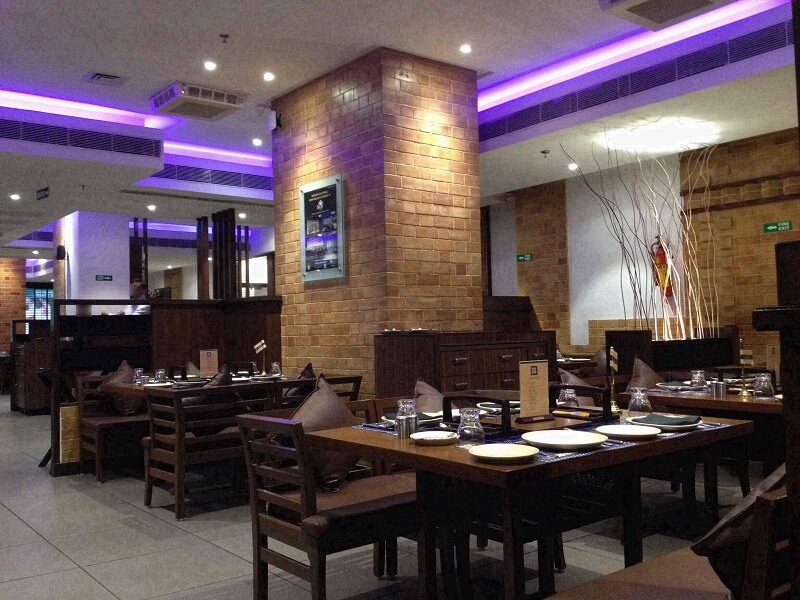Most cultures have a few types of crispy, melty combination of bread and cheese: for Italy, it’s pizza; for the United Kingdom, it’s the toastie; for Brazil, it’s pao de queijo. And for the lesser-known “Balkans,” it’s the burek. Reminiscent of Greek spanakopita, burek is a flaky, layered phyllo dough pie full of cheese, pork, spinach, potato, or apple. And of the path, if there’s one location outdoor of the location, you may strive burek, in addition to a slew of different Balkan dishes, it’s New York City.
But first, a bit background. The “Balkans” constitutes the maximum jap of Europe’s three southern peninsulas. This includes Albania, Bosnia and Herzegovina, Bulgaria, Croatia, Kosovo, North Macedonia, Montenegro, Romania, Serbia, and Slovenia. Wars and political unrest over territories at some stage in the remaining century brought many refugees to relocate worldwide, particularly within the 1990s throughout the civil conflict. Some got here to the USA and New York, ensuing in a small network eager to percentage their tradition and background — and what better way than through meals?
Rooted in the circle of relatives tradition
With places in Astoria, Brooklyn, and a manufacturing facility in New Jersey, Jordan Burek has commenced more than 20 years in the past via Esma and Hamo Medunjanin, refugees from Bosnia. It turned into a real mom-and-pop shop then, consistent with daughter Selma Medunjanin-Ismajli, who took over the commercial enterprise with her siblings while their parents retired.
Back inside the overdue Nineteen Nineties, her mom changed into making burek pies at the domestic of their one-bedroom condo and selling them to a local Balkan eating place, and her father saw a possibility. They rented a construction on thirty-fourth St. And 31st Ave. In Astoria, the eating place continues to be located — and her mom worked the kitchen even as her father labored the ground.

“At this time, many Bosnian refugees had settled in Astoria, and now not a lot became available to them,” Medunjanin-Ismajli defined. “We have been one of the first Balkan eating places to start up in the place. It changed into a straightforward mom-and-pop restaurant with self-made food and friendly acquainted service. To at present, we attempt to perform and keep the same standards and carrier.”
Since then, they’ve been capable of opening a sister restaurant in Brooklyn and a manufacturing unit in New Jersey, which permits them to provide burek in large quantities (you may even order boxes of it to cook dinner at domestic). Vladimir Ocokoljic, an owner of Kafana NYC in the East Village, came to the United States from Belgrade, Serbia, 29 years ago. Kafana serves authentic Serbian “consolation meals,” as he calls it.
“I concept, in New York every cuisine is represented here, so why now not mine?” he said about beginning the eating place eleven years in the past. “I’ve just been passionate and lucky sufficient that it has worked.” And at Çka Ka Qëllu in the Bronx, which opened a bit over a year ago, the cultures of Albania and Kosovo are pondered inside the food and decor. Owner Ramiz Kukaj became inspired via Balkan architecture from the 1400s and 1500s and sourced historical items at once from his domestic use.
A 20-year-old carpet lies on the ground from wartime — burn marks from a fire are visible. Food is served on timber products that he accrued over 10 years and other artifacts like equipment line shelves at the walls. He wanted to awaken the vicinity’s medieval history and keep “subculture and history alive” for his son, who asked approximately Albania while he became younger. His friends might take him to restaurants that represented their very own cultures, but he didn’t have an Albanian choice. So, his father decided to create one for him.
“When you walk in here, you see my spirit. You see our way of life,” he said.
The cuisine itself
“Balkan food may be very lots part of Mediterranean delicacies or even a version of Turkish delicacies,” Selma said. “It’s a weight loss plan that is generally composed of diverse grilled meat dishes consisting of beef kebabs (cevapi), ethnic dishes including filled cabbage (sarma), and the staple dish, the phyllo dough pie (burek).”
With meals that are rooted in culture, eating place menus come from family recipes. Most recipes are from mother Esma at Jordan, which she discovered from her mother, grandmother, and different relatives. Medunjanin-Ismajli’s grandfather (Esma’s father) additionally owned a pastry save in their domestic us of a, so some of the conventional pastries like tulumba (a conventional fried dough dipped in a sweet syrup) and shampita (“sweet egg whites whipped to perfection on a skinny yellow cake crust”) are his recipes.












